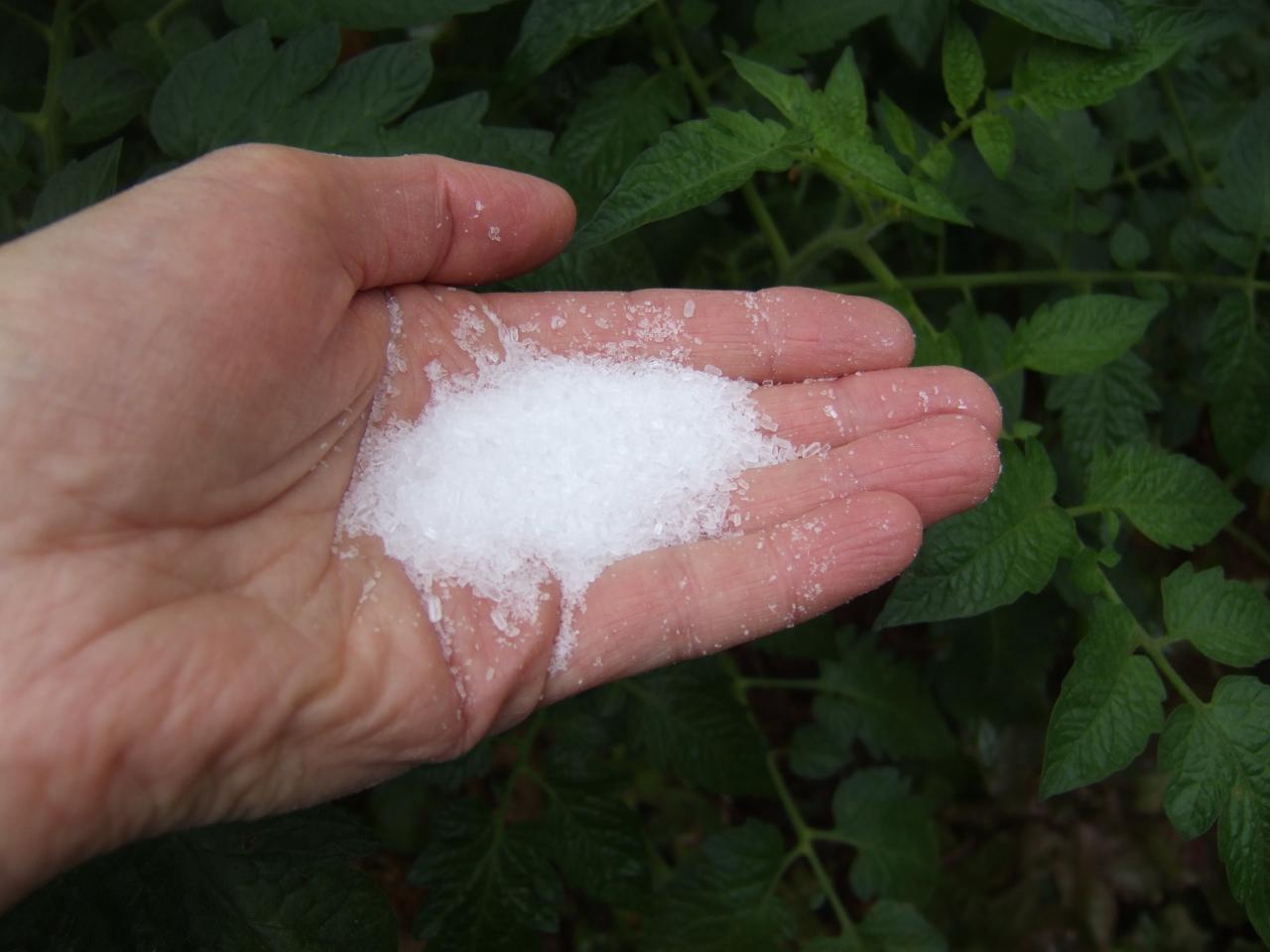Explore Why Some Plants Turn Down Epsom Salt as a Nutrient Resource
In the intricate globe of plant nutrition, the denial of Epsom salt as a viable nutrient source by some plants postures a fascinating quandary. The reasons behind this discerning behavior dig into a complex interplay of plant absorption mechanisms, the unique chemical framework of Epsom salt, and plant-specific nutrient choices.
Plant Absorption Systems
In diving into the complex realm of plant absorption devices, it ends up being evident that the procedure is controlled by an advanced interplay of physical characteristics and molecular pathways. Plants soak up nutrients primarily through their origins, using different transportation systems to uptake crucial aspects such as nitrogen, phosphorus, magnesium, and potassium. Magnesium, an important element in chlorophyll synthesis and enzyme activation, plays an essential function in plant growth and advancement.
The absorption of magnesium entails numerous actions, starting with its accessibility in the dirt service. When liquified, magnesium ions are occupied by plant roots with specific transport proteins embedded in the cell membranes. These healthy proteins promote the motion of magnesium throughout the root cell walls and into the plant's vascular system, where it is then dispersed to various tissues to sustain various physiological features.
Recognizing the intricate mechanisms behind magnesium absorption in plants drops light on just how this crucial nutrient adds to general plant health and wellness and performance. By optimizing magnesium uptake paths, growers can boost plant returns and top quality, underscoring the relevance of understanding plant absorption dynamics for lasting farming methods.
Epsom Salt Chemical Structure
The chemical structure of Epsom salt, likewise known as magnesium sulfate heptahydrate, discloses a distinct arrangement of components that add to its unique properties and applications. The seven water particles are loosely bound to the magnesium sulfate substance, allowing it to liquify quickly in water and be easily taken up by plants through their origins.
The crystal structure of Epsom salt forms monoclinic prisms, which are lengthened crystals with parallel ends. This crystal form influences the physical buildings of Epsom salt, such as its structure and solubility. Comprehending the chemical framework of Epsom salt is vital for understanding its behavior as a nutrient source and its interactions with plants in gardening and agricultural methods.
Plant-Specific Nutrient Preferences
Plants show distinct preferences for certain nutrients, highlighting the value of comprehending their private demands for ideal growth and development. Understanding these plant-specific nutrient preferences is vital for making best use of crop returns, improving decorative plant growth, and advertising general plant wellness.

Plant-specific nutrient preferences can additionally differ based on whether the plant is a monocot or dicot. By tailoring nutrient supplementation to fulfill the specific needs of each plant species, cultivators can maximize Get More Info plant growth, lessen nutrition waste, and assistance sustainable agricultural methods.

Dirt Ph and Nutrient Uptake
Dirt pH plays an important function in determining the availability of essential nutrients for plant uptake. Acidic dirts with a lower pH are beneficial for plants like blueberries and azaleas, while alkaline dirts with a greater pH match plants such as lavenders and clematis.
On the other hand, alkaline soils might restrict the schedule of nutrients like iron, zinc, and copper, impacting plant growth. Maintaining the proper pH degree in the dirt is essential for making sure that plants can efficiently uptake the needed nutrients for their healthy and balanced growth and performance.
Genetic Consider Nutrient Uptake
In the world of plant nutrition, the interaction of genetic elements considerably affects the uptake of essential nutrients important for plant development and growth. Hereditary variables play a pivotal function in shaping a plant's capability to absorb and use nutrients effectively. Variations in genetics can influence the expression of transportation proteins in charge of moving nutrients throughout cell membrane layers. These transportation healthy proteins, such as networks and service providers, are inscribed by certain genetics that can vary amongst plant species and even within the very same types.
In addition, hereditary aspects also establish the performance of nutrient uptake systems within plants. Some plants might have genetic characteristics that boost their capability to scavenge nutrients from the soil efficiently, providing them a competitive benefit in nutrient-poor settings. On the various other hand, genetic variants can likewise lead to limitations in nutrient uptake, ensuring plants a lot more at risk to shortages also when nutrients are bountiful in the soil.
Recognizing exactly how genetic aspects influence nutrient uptake is vital for creating strategies to optimize plant nourishment and enhance crop efficiency in numerous agricultural settings. By unwinding the genetic mechanisms associated with nutrient uptake, researchers can function towards developing genetically improved plant selections with enhanced nutrition purchase capabilities.
Verdict

In the news detailed world of plant nutrition, the being rejected of Epsom salt as a viable nutrient resource by some plants presents a fascinating dilemma. what plants don't like epsom salt. Recognizing these plant-specific nutrient choices is critical for taking full advantage of plant yields, improving ornamental plant development, and promoting general plant wellness
By customizing nutrient supplementation to meet the specific requirements of each plant types, growers can maximize plant development, decrease nutrient waste, and support sustainable farming methods.
In the realm of plant nourishment, the interplay of genetic aspects significantly influences the uptake of crucial nutrients vital for plant growth and development. Comprehending these intricacies in plant nutrient uptake is critical for optimizing plant development and wellness in farming practices.